Internal oblique muscle:
Table of Contents
Introduction:
Internal abdominal oblique is a muscle situated on the lateral side of the abdomen. It is broad and thin muscle part of Abdominal muscle group. It forms one of the layers of the lateral abdominal wall with the external oblique on the outer side & transverse abdominis on the inner side.
Its fibers are obliquely oriented hence the name says. It helps to sustained the abdominal pressure & movements of the trunk along with the other abdominal muscles.
Origin of Internal oblique muscle:
The muscle originates from the:
a. The lateral two-third of the inguinal ligament.
b. The anterior two-third of the intermediate area of the iliac crest.
c. The thoracolumbar fascia.
The muscle fibers then run upwards, forwards & medially crossing the fibers of the external oblique muscle at the right angle.
Insertion of the internal oblique muscle:
The uppermost fibers are directly inserted into the lower 3 or 4 ribs and their cartilages.
The greater part of the muscle ends in aponeurosis through which it is inserted into 7th, 8th & 9th costal cartilages, the xiphoid process, linea alba, pubic crest and the pectineal line of the pubis.
Nerve supply:
Muscle supplied by lower 6 thoracic nerves and the first lumbar nerve.
Blood supply:
It receives blood supply from the,
Lower posterior intercostal and subcostal arteries,
superior and inferior epigastric arteries,
superficial and deep circumflex arteries,
posterior lumbar arteries
Action:
The action of this muscle are :
- act for the support of abdominal viscera.
- helps in expulsive acts like in micturation, dafaecaton, parturition, vomiting, etc.
- helps in producing forceful expiration like in coughing, bowling, sneezing, shouting, etc.
- helps in trunk movement mainly in rotation.
Function of the Internal oblique muscle:
Internal abdominal oblique muscle has several functions which is dependent upon which parts of the muscle is contracting. In bilateral contraction, the internal abdominal oblique muscle flexes the trunk. Simultaneously, it causes compression of the intra abdominal viscera thereby it increasing the intra abdominal pressure. This action is utilized for functions like in forced expiration, micturition, defecation, etc. If the rib cage is fixed, the bilateral contraction of the internal abdominal oblique lifts the anterior part of the pelvis & alters the degree of pelvic tilt.
In unilateral contraction, the internal abdominal oblique causes ipsilateral flexion of the trunk, as well as ipsilateral rotation of the trunk.
Along with other muscles of the abdominal wall, internal abdominal oblique muscle plays an important role for maintaining normal abdominal wall tension. Therefore the tonic contraction of these muscles has a protecting as well as a supporting role of the abdomen.
Clinical importance of internal oblique muscle:
Pain in the side of the waist area, low abs & pelvis can be caused by the oblique muscles.
Pain can also occur in the following areas:
Groin area
Testicles
Bladder
Activities such rowing, raking leaves, chronic or persistent coughing, lifting heavy loads, using shovels or pitchforks & even sitting for long periods of time can bring on muscle pain in the internal obliques.
Injury in the oblique muscles can also contribute to burning & discomfort in the urinary tract, bladder & can contribute to incontinence in some individuals.
An oblique muscle strain is most likely caused when the torso the part of the body (trunk) excluding head & limbs gets twisted or rotated badly.
Some of the common oblique muscle strain symptoms include:
A sudden, intense pain near the ribs
Pain in the abdomen
Stiffness, especially after waking up from sleep
Severe aching in the trunk
Muscle cramps
Soreness or swelling
Bruising
These symptoms can worsen if person try to take deep breaths, cough, or sneeze.
Exercise of Internal oblique muscle:
1.Side plank:
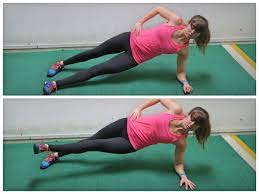
Lie on the left side with the right leg stacked on top of the left leg, & left forearm on the ground with the elbow underneath your shoulder. Brace the core & push off the ground so the body is being supported by the left arm & foot, the body should form a straight line from head to feet that makes around a 45-degree angle with the ground. Raise the right arm up toward the ceiling without letting the hips dip. In initial stage person can keep knees on the ground in a slightly bent position. To make it more advanced, lift the right leg up & down while holding the side plank, keeping the rest of the body in that straight line from head to feet. Hold a light dumbbell in the right hand to make it more challenging. Repeat on the other side.
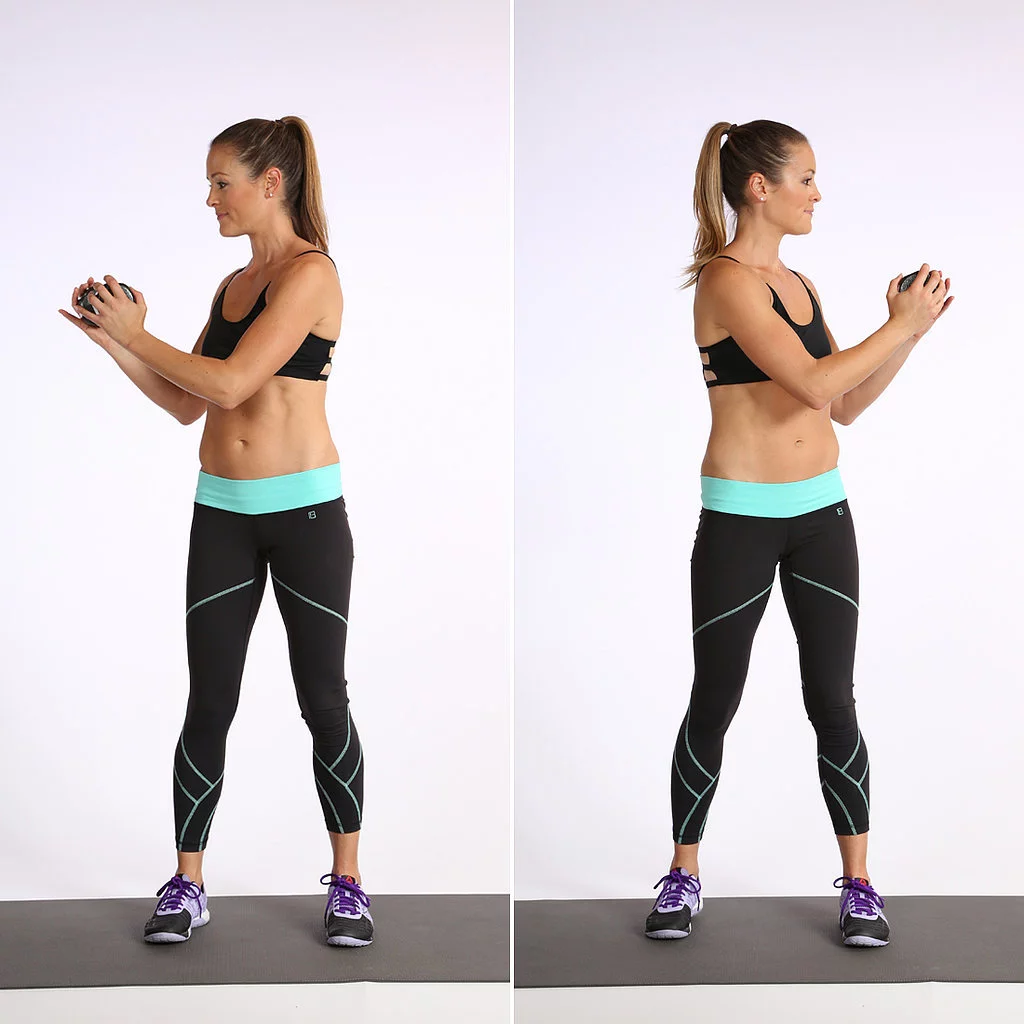
2.Standing Trunk Rotation:
Stand with the feet hip-width apart & hold a medicine ball between the hands in front of the chest. Keeping the core tight, arms bent at right angles at the elbows, & the elbows hugging the sides, rotate the torso slowly to the right, keeping head & chest rotating along with it. Hold the twist briefly before rotating to the left.
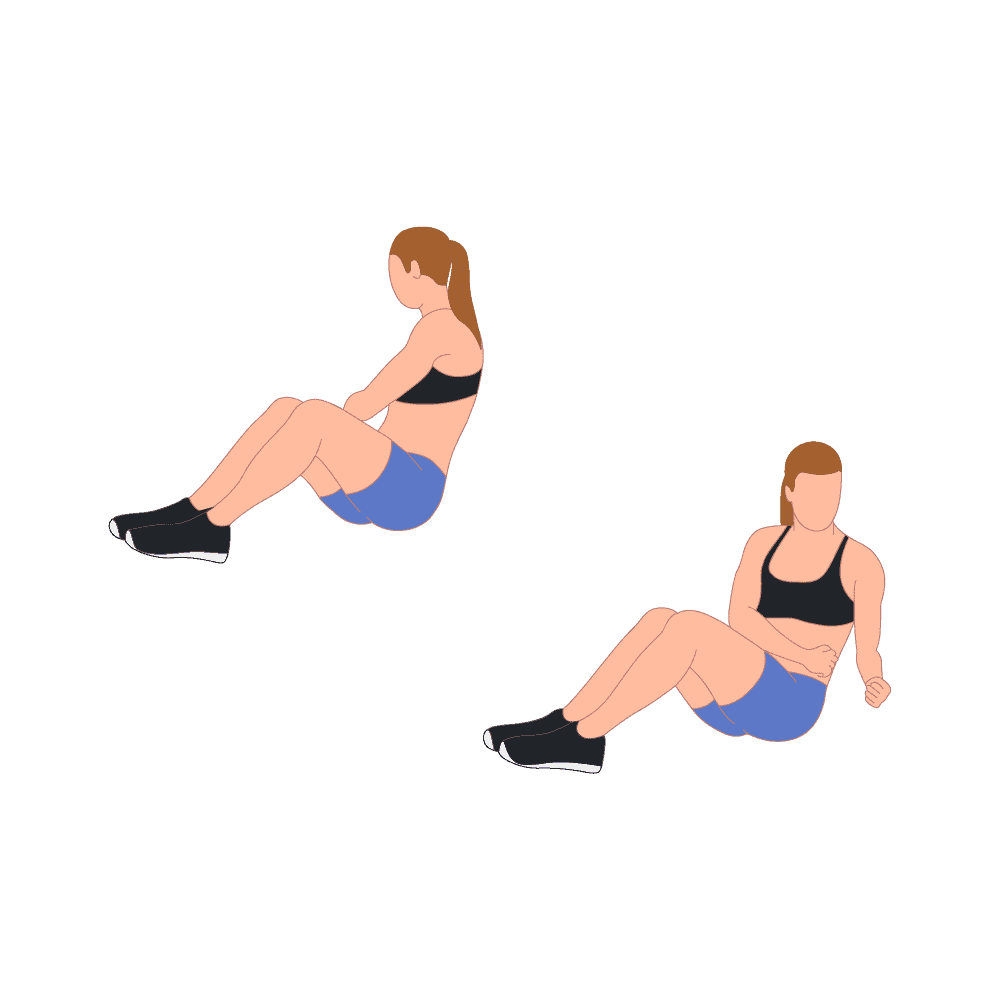
3.Russian Twist:
Sit on a mat with the feet on the ground & legs slightly bent in front of you. Activate the core as you lean back so the torso & thighs form a V shape & lift your feet slightly off the ground (cross the ankles to make more challenging). Hold the arms straight out in front of you, then twist the torso to one side in a controlled motion, tapping the floor before rotating to the other side & repeating. Hold a dumbbell or medicine ball with bent elbows in front of the chest as the twist to make the move more challenging.
4.Dead bug:
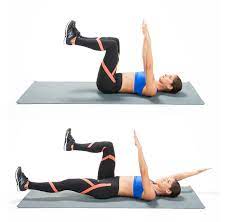
Lie on the back with the arms extended up toward the ceiling. Bend the knees so shins & thighs form a 90-degree angle (shins should be parallel to the floor). Engage the core & lower the right arm straight back behind you at the same time you extend the left leg out long in front of you, lowering it so it hovers just above the ground. Return them to the center & repeat on the opposite side. To increase an challenge, hold light dumbbells in each hand as you complete the move.

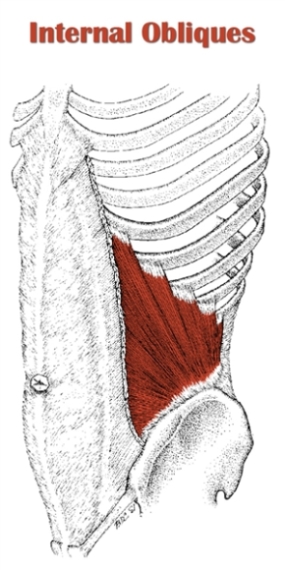
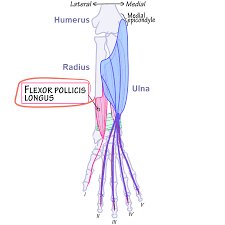
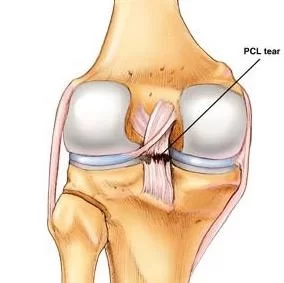

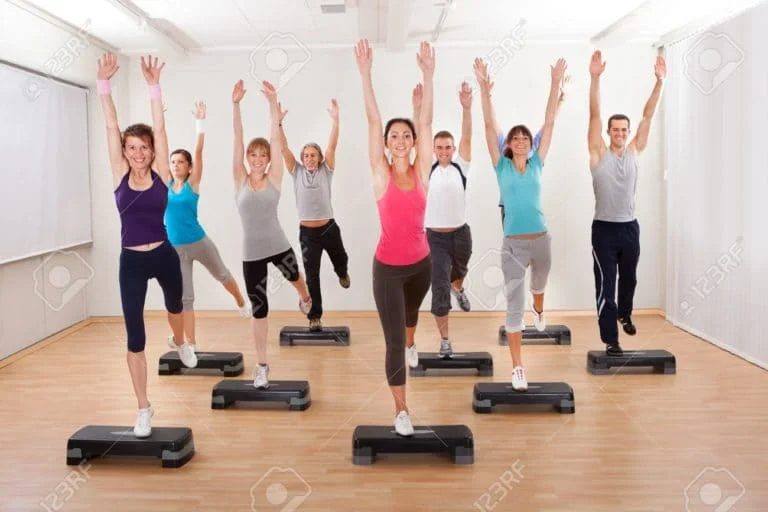
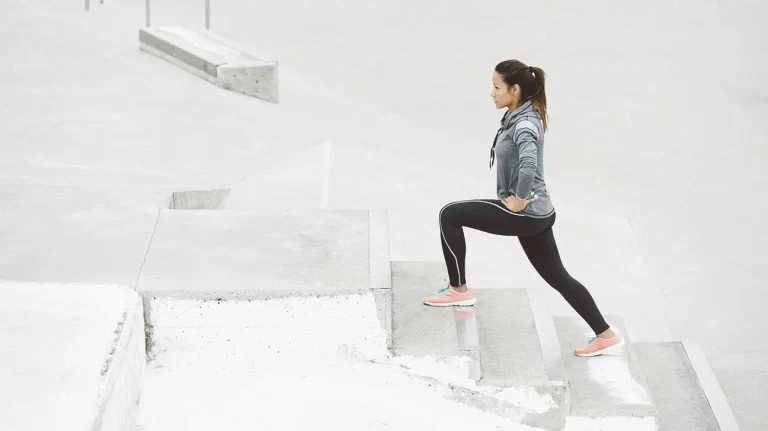
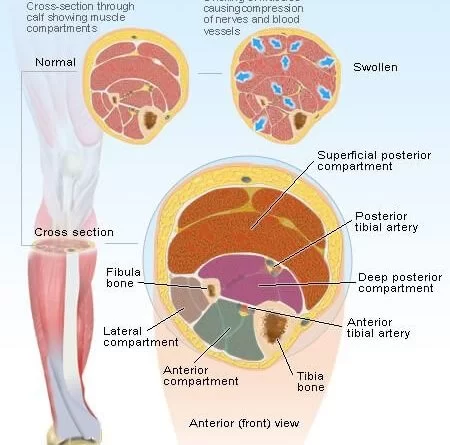
2 Comments